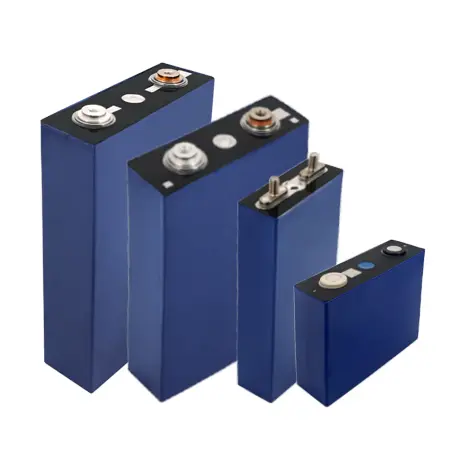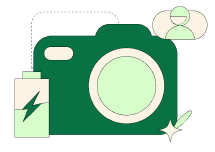3.2V LiFePO4 배터리의 용도

Laptop Battery
Modern laptops are powered by lithium-ion batteries, known for their lightweight design, large

Wireless Microphone Battery
Lithium batteries are increasingly popular for wireless microphones due to their high

Car Toys Battery
Due to the lightweight, high capacity, and thin profile of lithium batteries, they are

Tablet Battery
Tablets Batterys currently use Lithium-ion rechargeable batteries. These batteries have a
3.2V LiFePO4 배터리 관련 FAQ
-
박막 배터리는 어떤 용도에 가장 적합할까요?
박막 배터리는 웨어러블 기술, 스마트 기기 등 크기와 무게가 중요한 모든 제품에 적합합니다. 부피를 크게 늘리지 않으면서도 안정적인 전력을 제공합니다. -
박막 배터리가 내 제품에 적합한지 어떻게 알 수 있을까요?
박막 배터리가 적합한지 판단하려면 기기의 크기, 전력 요구 사항 및 사용 조건을 고려해야 합니다. Ufine Battery 팀이 고객의 요구 사항을 평가하고 적합한 박형 배터리를 선택할 수 있도록 도와드립니다. -
스마트 링에 맞춰 곡면 배터리를 맞춤 제작할 수 있나요?
네, Ufine Battery는 곡면 배터리 맞춤 제작 옵션을 제공하여 스마트 링 디자인에 맞춰 크기, 전압, 용량 및 모양을 맞춤 제작할 수 있습니다. -
곡면 배터리가 내 기기에 적합한지 어떻게 판단할 수 있나요?
곡면 배터리가 기기에 적합한지 판단하려면 모양, 크기 및 전력 요구 사항을 고려해야 합니다. Ufine Battery 전문가가 스마트 링이나 기타 웨어러블 기기에 적합한 곡선형 배터리를 선택하도록 도와드립니다. -
배터리 방전율이 높다는 것은 무엇을 의미하나요?
배터리 방전율이 높다는 것은 배터리가 저장된 에너지를 빠르게 방출할 수 있다는 것을 의미하며, 이는 전류(암페어) 또는 C-rate로 측정됩니다. 이는 전기 자동차나 전동 공구처럼 빠른 전력이 필요한 애플리케이션에 필수적입니다. -
최적의 배터리 방전율은 어떻게 되나요?
최적의 배터리 방전율은 애플리케이션에 따라 다릅니다. 가전제품의 경우 일반적으로 0.5C~1C의 방전율이면 충분합니다. 전기 자동차와 같은 고성능 용도의 경우 더 높은 방전율(2C~10C 이상)이 필요할 수 있습니다. -
고온에 가장 적합한 배터리는 무엇인가요?
인산철리튬(LiFePO4) 배터리는 뛰어난 열 안정성과 안전성으로 인해 고온에 가장 적합합니다. -
LiFePO4 배터리의 최고 온도는 어떻게 되나요?
LiFePO4 배터리의 연속 사용 시 고온 한계는 약 60°C(140°F)입니다. 최대 85°C(185°F)까지의 단기간 노출에도 견딜 수 있습니다. -
저온 배터리를 추운 환경에서 충전할 수 있나요?
네, 많은 저온 배터리가 추운 환경에서 충전될 수 있지만, 배터리 상태를 보호하기 위해 충전 속도가 느려질 수 있습니다. 안전과 수명을 보장하기 위해 제조업체의 최적 충전 온도 지침을 참조하는 것이 중요합니다. -
저온 배터리는 어떤 분야에 적합하나요?
저온 배터리는 야외 전동 공구, 겨울 스포츠 장비, 추운 기후의 전기 자동차, 그리고 극한 환경에서 사용할 수 있는 모든 기기에 이상적입니다. 저온 배터리는 기존 배터리가 고장날 수 있는 환경에서도 안정적인 성능을 보장합니다.





